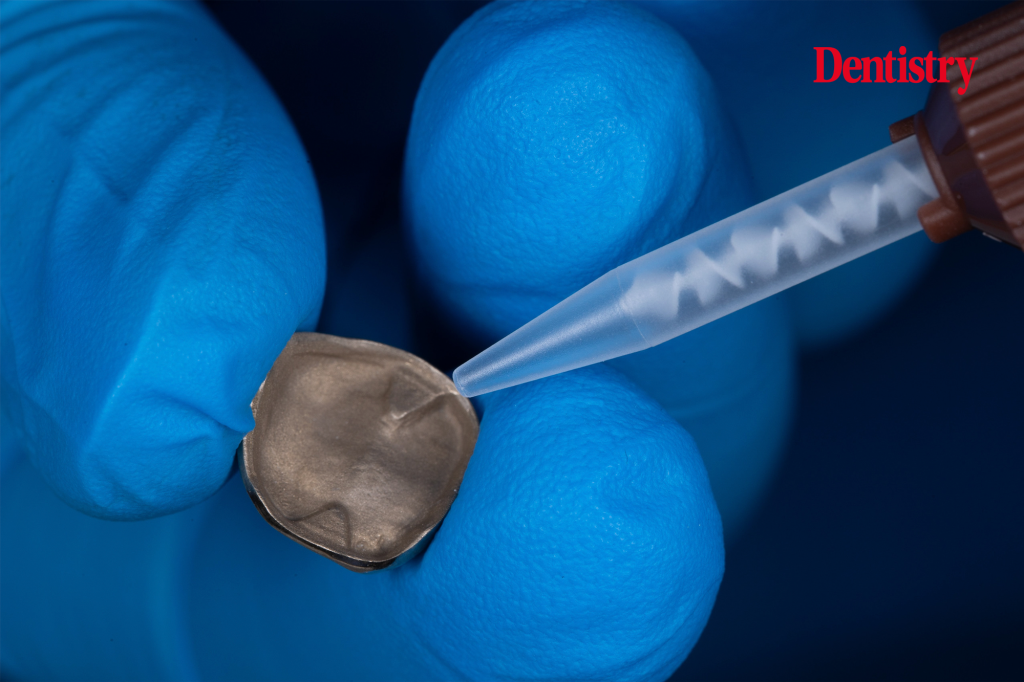
Junaid Saleem Malik discusses the benefits of the Panavia V5 cement system, from superior bond strength and excellent colour stability to a simpler cementation process.
Within the field of dental materials science, change is often necessary to keep up with the demands of the modern-day clinician. Change also ensures that product performance can be improved in keeping with the latest clinical research and allows products to steer above their competitors.
Panavia has been a pioneer of such change since its conception in 1983, being the first resin cement on the market that contained Kuraray’s patented MDP molecule, providing the possibility for more complex adhesive cementation procedures. Panavia V5 now represents the fifth version of this popular cement and provides a versatile solution for all types of restorative indications by providing superior bond strengths, excellent colour stability and a more simplified cementation procedure.
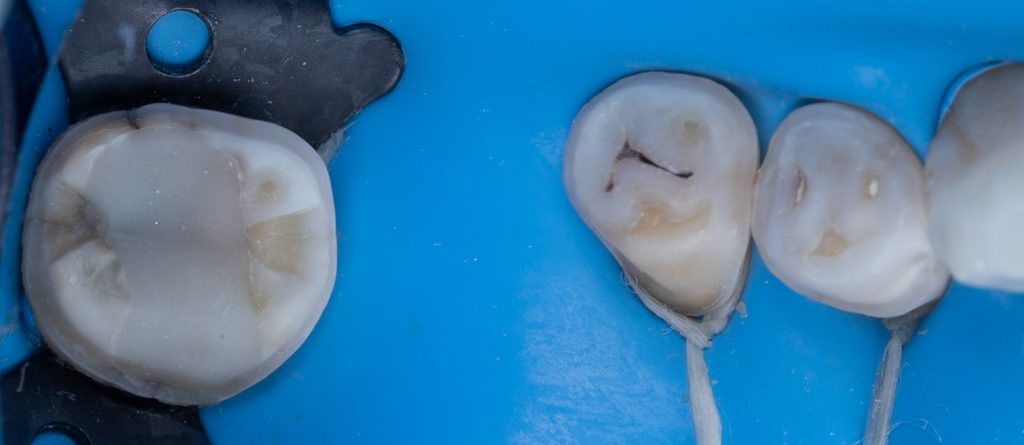
Superior bond strengths
Dentine bonding has long been perceived as a challenging and unpredictable process in dentistry. Over time, advancements in the field have led to the development of various techniques aimed at enhancing dentine bonding, including the incorporation of gold standard light-activated dentine bonding agents (DBAs). However, traditional self-cure systems have consistently fallen short in terms of efficacy.
Enter Panavia V5, a groundbreaking addition to Kuraray’s lineup of chemically active adhesive resin cements designed to revolutionise dentine bonding. By offering a more reliable bond to the natural tooth structure, Panavia V5 has now emerged as a viable chemically adhesive resin cement in both dual cure and self-cure modes. This remarkable product boasts bond strengths previously unattainable with self-cure systems, effectively rivalling the performance of top-tier light-activated adhesive agents, such as Clearfil SE bond. For instance, Panavia V5 exhibits a shear strength one and a half times greater and a tensile strength three times greater than Panavia F2.0, making it particularly well-suited for bonding delicate restorations to dentine.
Moreover, the enhanced bond strength achieved with Panavia V5 extends beyond the tooth substrate, encompassing the restorative material itself. This comprehensive improvement marks a significant advancement in the field of adhesive bonding, offering practitioners a reliable and efficient solution for a wide range of clinical applications from metals like gold to polycrystalline ceramics like zirconia.
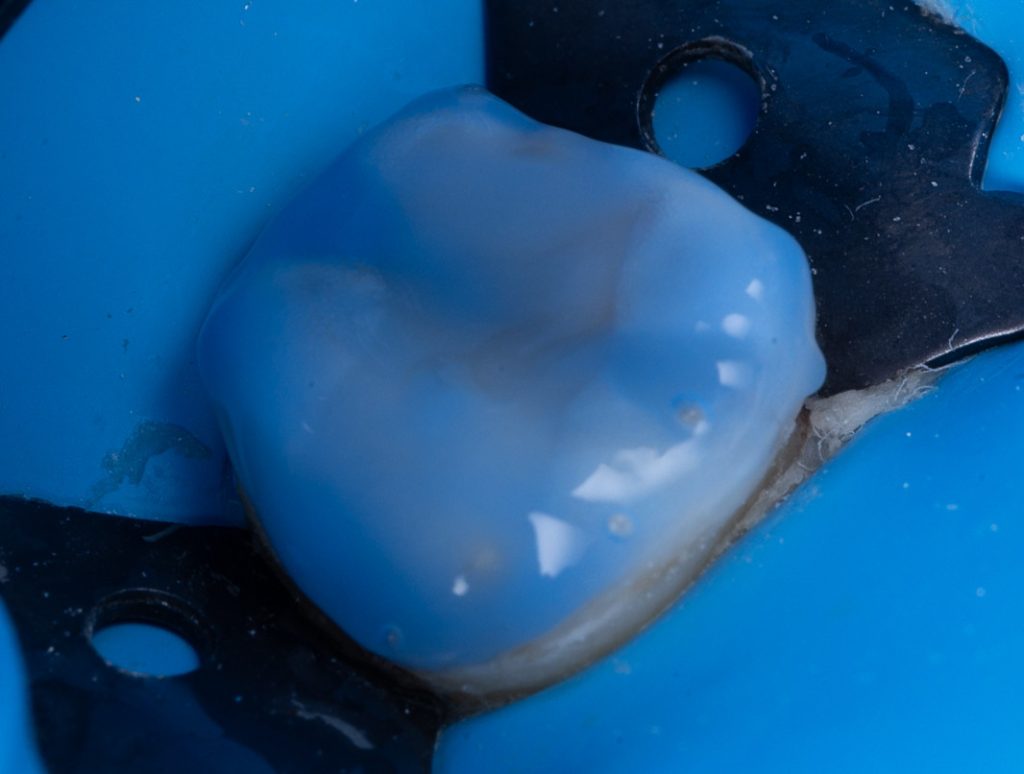
Excellent colour stability
When considering more aesthetic treatment solutions with modern day ceramics such as lithium disilicate and zirconia, the choice of cement shade can be critical. Especially when desired for patients with tooth substrate discolouration or to increase the overall saturation of colour when restorations are thin.
The previous rendition of Panavia (Panavia F2.0) offered only four shade options to deal with the wide variety of clinical situations: Tooth Coloured (equivalent to a translucent A3), Light (equivalent to A1-A2), White (lighter than A1) and Opaque (opaque A2). However, Panavia V5 comes in five shade options: White, Opaque, Universal, Brown and Clear.
Although there is a crossover in shades with its predecessor, the names for the newer shades are more in line with other universally accepted aesthetic cements making it easier to transition to Panavia from other systems.
It would also seem that Kuraray have been listening to their users by offering try in pastes making it easier to assess shade changes prior to committing the patient to the final polymerised outcome. However, the standout innovation from Kuraray lies in the formulation of an amine-free catalyst within Panavia V5, ensuring long-term colour stability. This is a marked improvement over previous iterations where cement discolouration could become apparent over time.
Having incorporated Panavia V5 into my own clinical practice since 2017, I have yet to observe any discernible changes in cement colour, underscoring its exceptional durability and aesthetic performance.
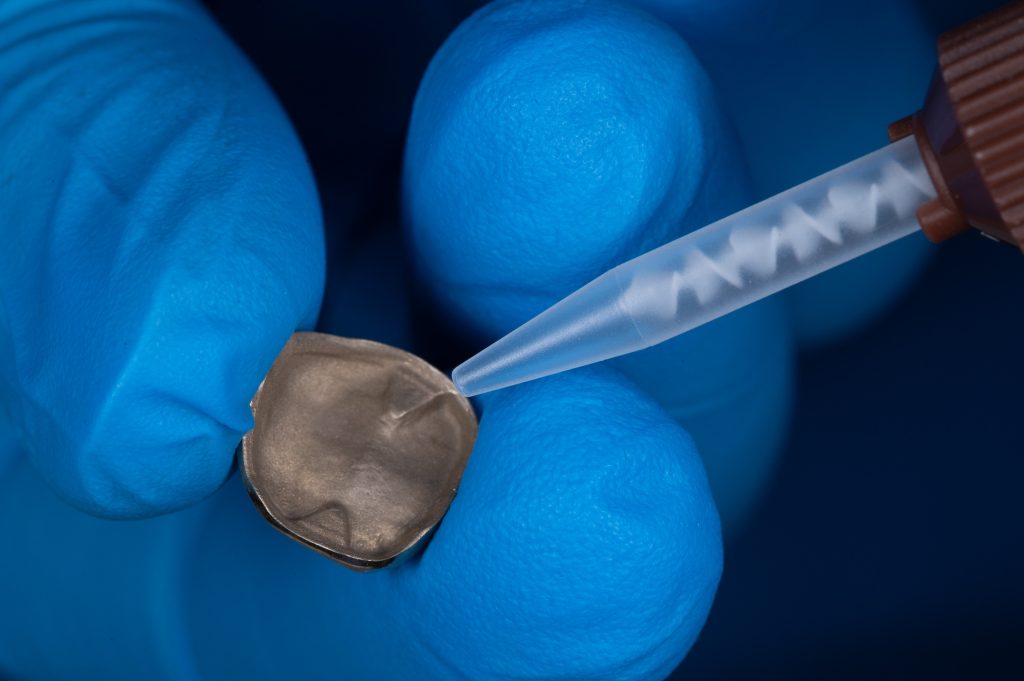
Simplified cementation procedure
When pre-treating the tooth substrate, the use of Tooth Primer is a welcome replacement to the two-bottle systems from previous renditions of Panavia. This has been made possible by successfully incorporating the accelerator and MDP in a single bottle, eliminating the need for an additional mixing step without compromising shelf life or bond durability.
When pre-treating the restoration substrate, Ceramic Primer Plus is now universally used regardless of the material being cemented. Historically, a separate alloy primer was considered for priming metal surfaces and a separate ceramic primer was considered for all ceramic restorations. The use of a single bottle for all types of restorations is another step by Kuraray to try and make it easier for everyday clinicians to implement Panavia V5 into their daily practice.
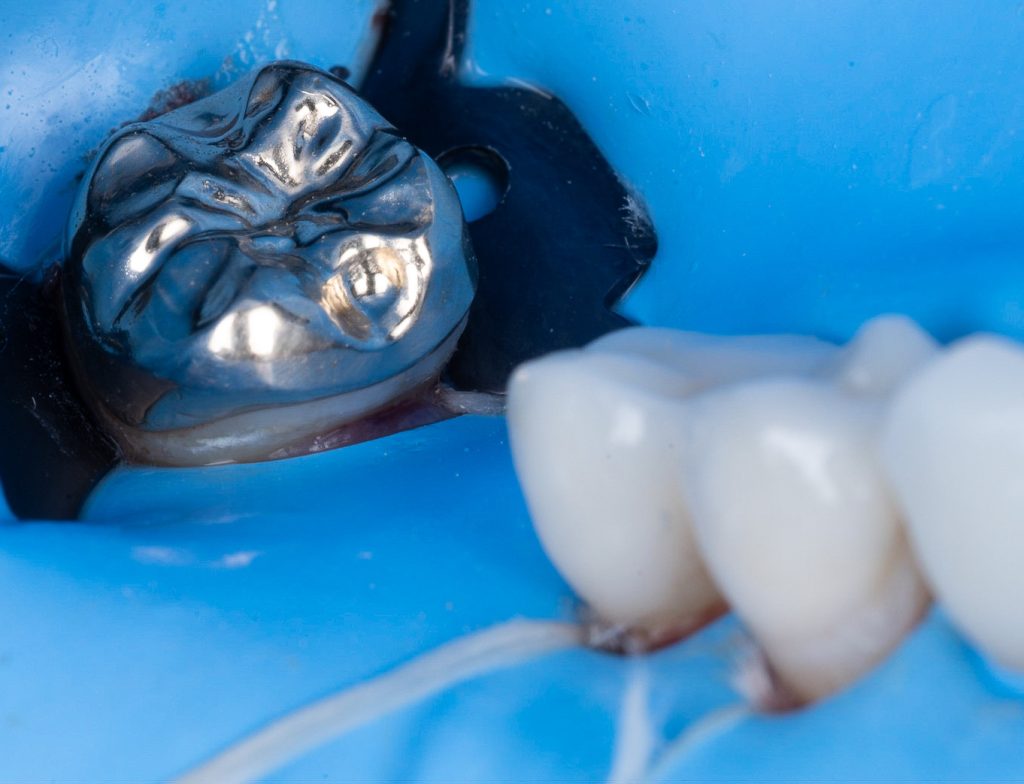
Other great properties include the ease of clean-up of the cement within the tack cure stage as it is no longer as challenging to remove bulk excesses of cement. Also, the viscosity of the cement is adequate to achieve an ideal film thickness without impairing complete seating of the restoration and making it discernible at the restorative margin.
Overall, I would say Panavia V5 is a complete, convenient and well organised system with significant enhancements over its predecessors making it a mainstay for all types of restorative indications.
For more information, visit js-davis.co.uk/product-category/product/dental-cements/panavia-v5/.


